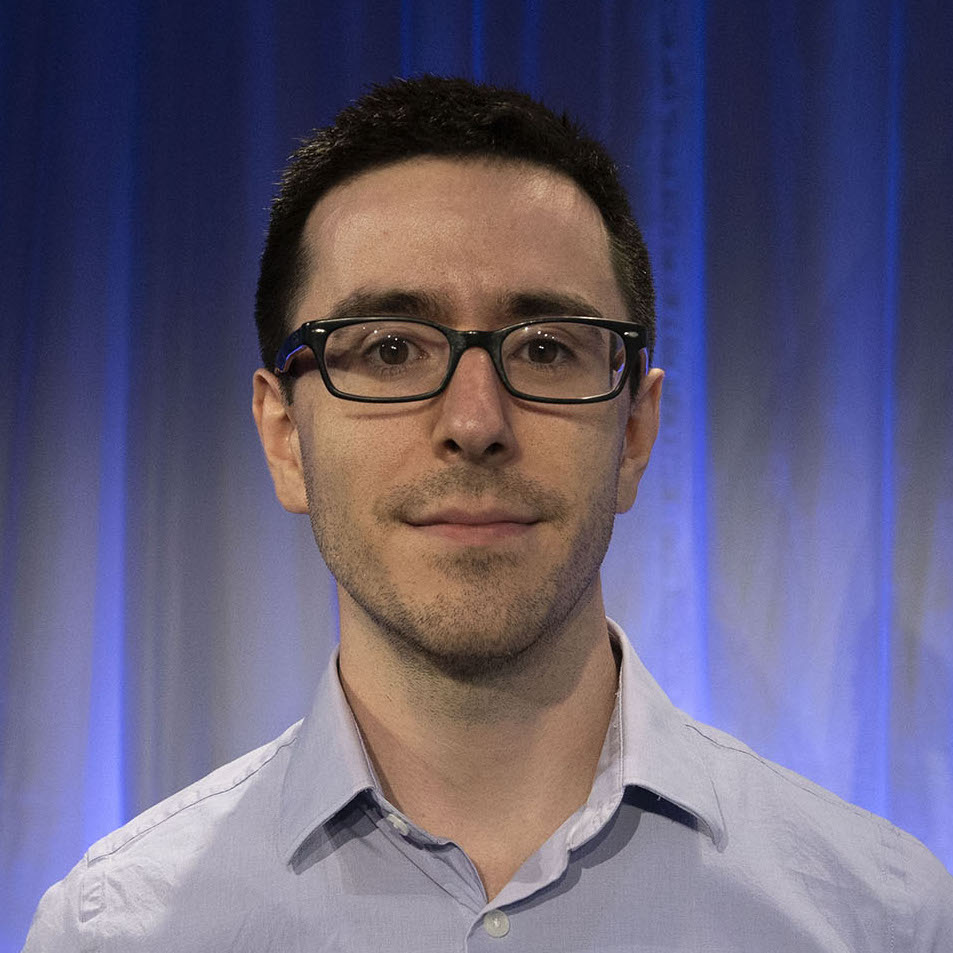Slides should be made as visual (with videos, images, animations) and clear as possible.
Students should practice their talks ahead of time to make sure they are of appropriate length -- not shorter by more than a few minutes, and certainly not longer (we will set a timer that will go off). The talks should be well organized and polished. Take a look at some example presentations: Example 1, Example2.
Initial and update presentations (30% of final grade. See schedule)
Initial presentation: Each team will present for about 10 min. In the first presentation, teams will present a project proposal organized as follows:
-
Problem statement: Clearly state the goal of your project. Specify the input and desired output.
-
Related work: Briefly describe existing related work (with citations) and what your project brings to the table that these other works do not. The most relevant papers may not necessarily be papers listed on the schedule, so be sure to also look beyond the list.
-
Approach: Describe the technical approach you plan to employ. Clearly state the assumptions of your approach.
-
Experiments and results: Describe the experimental setup you will follow, which datasets you will use, which existing code you will exploit, what you will implement yourself, and what you would define as a success for the project. If you plan on collecting your own data, describe what data collection protocol you will follow. Specify if you plan on experimentally analyzing different characteristics of your approach, or if you will compare to existing techniques. Provide a list of experiments you will perform. Describe what you expect the experiments to reveal, or what is uncertain about the potential outcomes. If you have any preliminary results, please summarize those as well.
-
Timeline: Present a timeline of the planned tasks/goals. Clearly state what you plan to complete by the next presentation. Break this down into two sets -- tasks that you are sure you will have completed and tasks that are a bit of a long shot but you would like to complete. Please also use a similar breakdown during the update presentations. You will be expected to try hard to stick to this timeline.
Update presentations:
In the following two presentations, you will update the class on your progress. You will remind the class of your problem statement, and provide a quick recap of the approach. Remind us of your timeline from your earlier presentation, and then describe your current results, any challenges or issues that you faced, and an updated timeline. Presentations will be <=10 min. long and will be followed by 15 min. of discussion.
Final presentation (15% of final grade)
Each team will explain their project in a 15 min. presentation with an organization similar to the project proposal presentation, except now describing the actual outcomes rather than plans. In addition, also describe any challenges you faced, any insights on future extensions of the project. 3 min. of QA will follow each presentation.
Project video (15% of final grade)
Teams will prepare a 1 min. YouTube video summarizing the project. The video is a teaser to convey the main points, and gain the viewer's interest in wanting to know more. It should be understandable by anyone familiar wtih AI. Please submit the YouTube link to the Canvas assignment.
See:
Example 1,
Example 2 ,
Example 3 ,
Example 4 ,
Example 5 ,
Example 6 ,
Example 7 ,
Example 8 ,
Example 9 ,
Example 10 .
